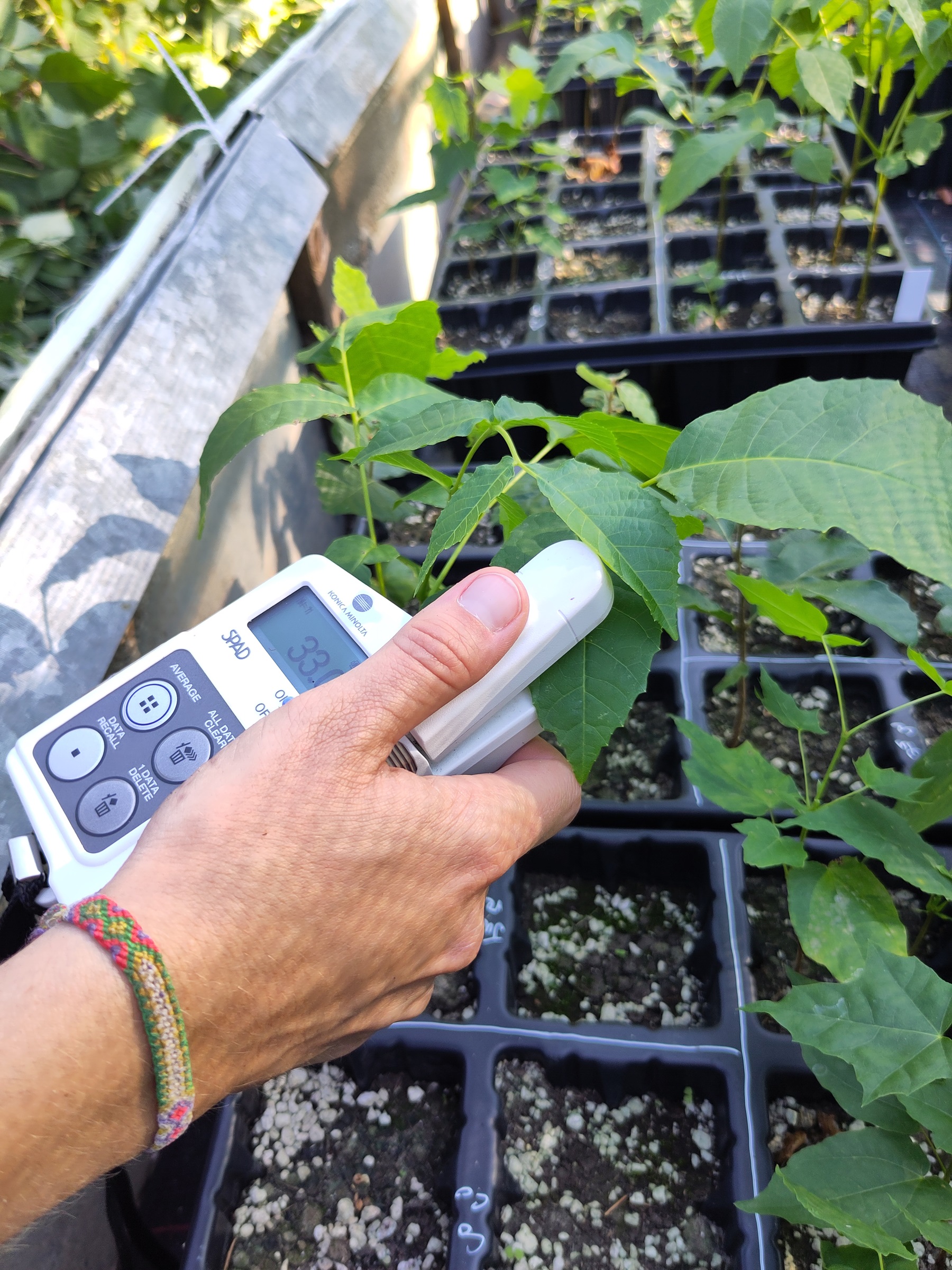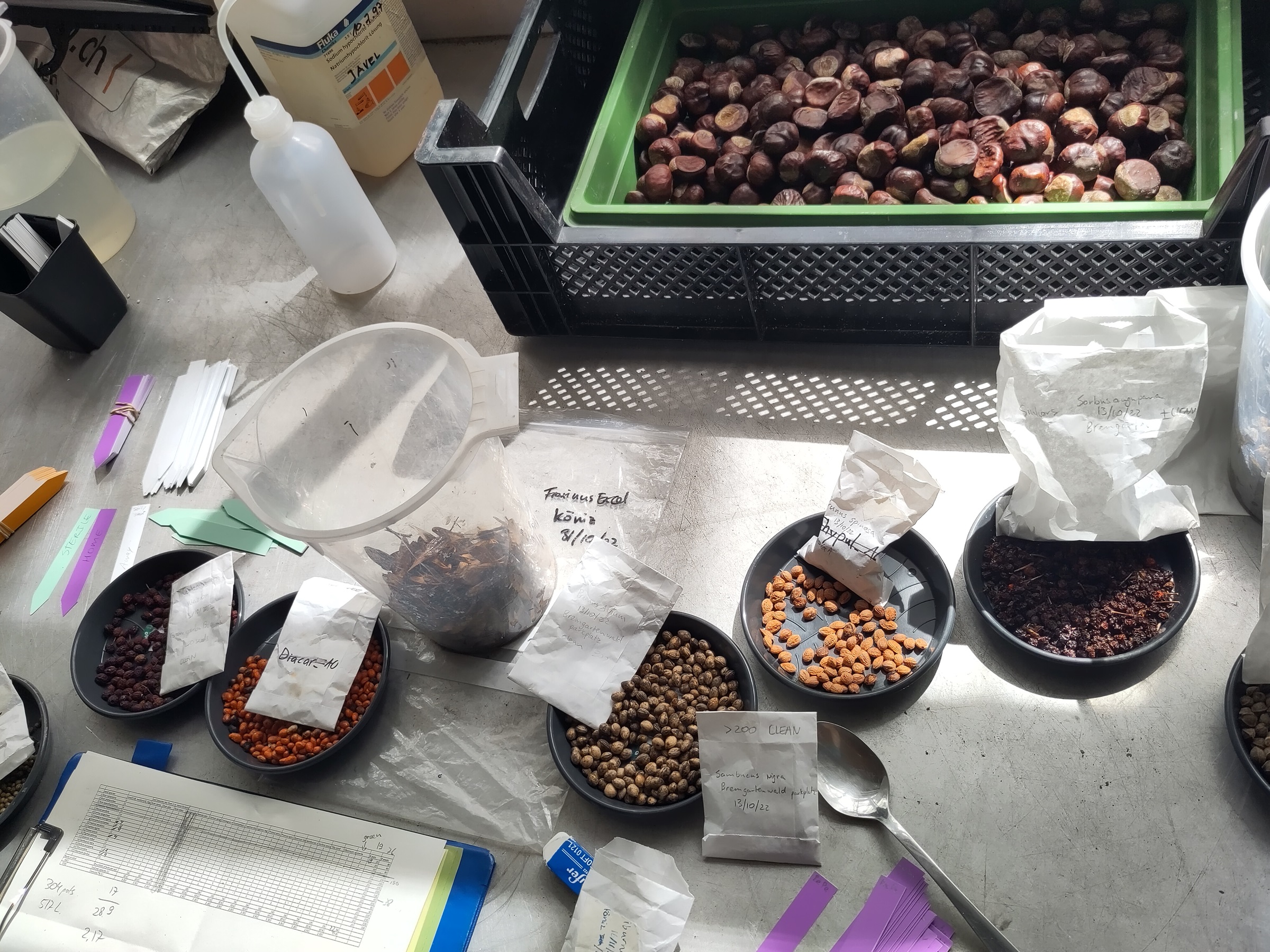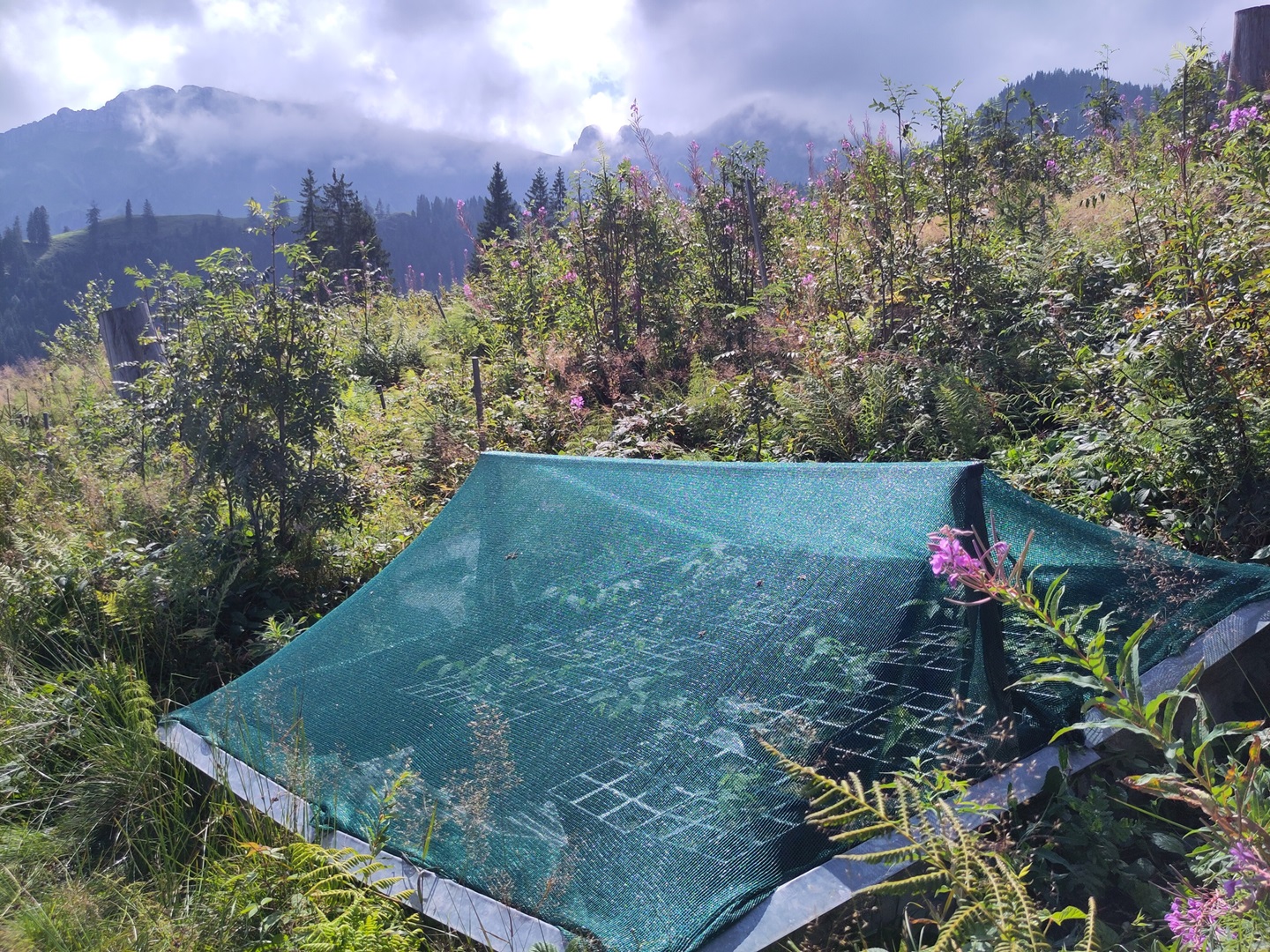Research
Plants, roots, mutualists and pathogens


Predicting the variation in the strength of plant-soil feedbacks between species remains challenging. Plants with different combinations of root traits culture different proportions of pathogens and mutualists in their soils and that this contributes to differences in performance between home soils (cultured by conspecifics) versus away soils (cultured by heterospecifics). We use the recently described root economics space, which identifies two gradients in root traits. We use this framework to predict the strength and direction of the biotic feedback between a pair of species using the dissimilarity between them along each axis of the root economics space.
Few studies have explored variation of PSFs along environmental gradients. With ongoing climate change, we need to understand how interactions between plants and soil microbes respond along climatic gradients. Following the Stress Gradient Hypothesis (SGH), we expected less negative or even positive PSFs in the physically harsh dry end of gradient and more negative PSFs in wetter conditions. To test this we grow seedlings on soil inoculated with microbes sampled under adults of species in sites ranging in climatic conditions. A first study in Southern Spain showed PSFs ranged from positive in dry sites to negative in wet sites, in agreement with the SGH. With this we provided first evidence for context-dependent PSFs along a precipitation gradient. Such understanding helps to predict plant soil microbe interactions, and their role as drivers of plant community dynamics under ongoing climate change.

Fungal pathogens have the potential to affect ecosystem processes through their plant hosts. Simultaneously, changes in plant communities influences fungal pathogen communities. Exactly which host plant traits determine the composition of fungal pathogen communities remains poorly understood. In a study in Jiangxi, South-East China, host species harboured different fungal pathogens, which sumed up to the highest fungal pathogen richness in more diverse forest stands. At the same time, the fungal pathogen infestation rate for each tree decreased with tree richness. We identified leaf traits that predicted foliar fungal pathogen richness and infestation, and we show that phylogenetically closely related tree species harbour phylogenetically closely related foliar fungal pathogens. These new insights might be helpful to improve the pest resilience of future forests and plantations.